大阪城天守閣
九十年の歴史
主催事業
-

- 秀吉が取り持つ歴史の縁~大阪城ファミリーフェスティバル2022~
- 2022.5.4(水)、5(木)
- イベント
-
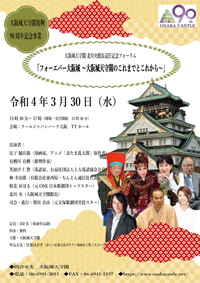
- 大阪城天守閣 北川央館長退任記念フォーラム 「フォーエバー大阪城~大阪城天守閣のこれまでとこれから~」
- 2022.3.30(水)
- イベント
-
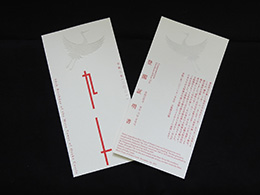
- 登閣証明書の配布~11月7日は大阪城天守閣の誕生日~
- 2021.11.6(土)、7(日)
- イベント
-
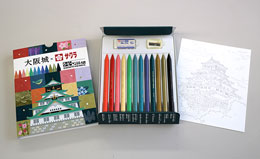
- 大阪城×サクラクレパス「クーピーペンシル」12色セット(紙箱入り)
- 2021.11.6(土)~
- グッズ販売
-

- 大阪城天守閣復興90周年記念 テーマ展 豊臣時代
- 2021.10.9(土)~ 2021.12.19(日)
- イベント
-
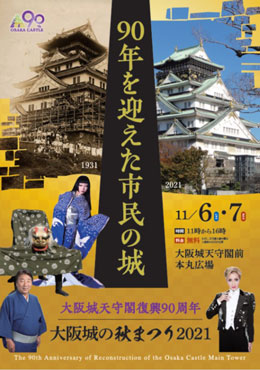
- 大阪城天守閣復興90周年記念 大阪城の秋まつり2021
- 2021.11.6(土).7(日)
- イベント
-
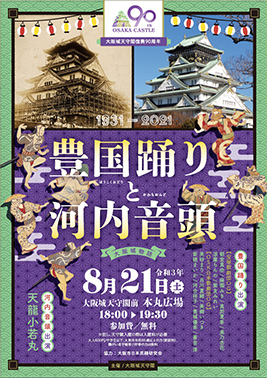
- 豊国踊りと河内音頭~大阪城物語~
- 2021.8.21(土)18:00~19:30
- イベント
-
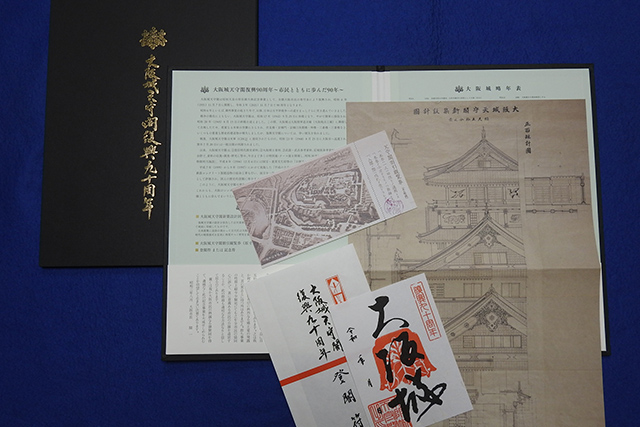
- 「登閣符」及び「登閣符」入り復興90周年記念セット
- 2021年8月1日(日)~2022年11月6日(日)
- グッズ販売
-
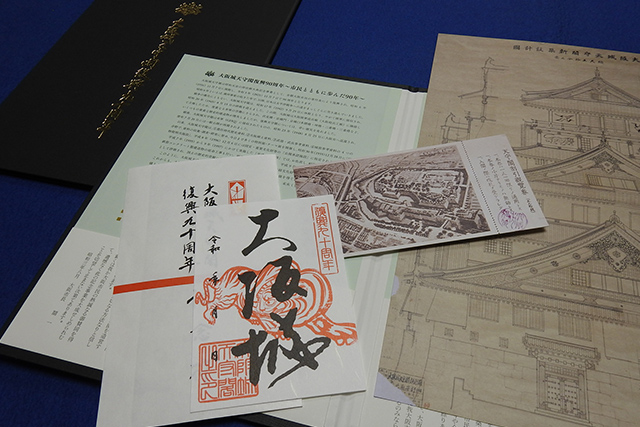
- 「記念符」及び「記念符」入り復興90周年記念セット
- 2021年8月1日(日)~2022年11月6日(日)
- グッズ販売
参加事業
-
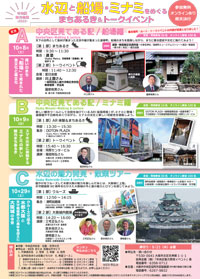
- 水辺の魅力発見・散策ツアー クルーズで巡る水都大阪と天守閣復興90周年を迎えた大阪城の今昔
- 2022.10.29(土)
- イベント
-

- 歩いて!見て!感じて!京阪電車×大阪城 歴史再発見探訪
- 2022.9.1(木)~11.30(水)
- イベント
-

- JO-TERRACE OSAKAオープン5周年夏祭り
- 2022.8.27(土)11:00~20:00
- その他
-

- 桜花昇ぼる=真田幸村15周年記念 ~SHIFUKU~
- 2022.10.12(水)12:00 / 16:00
- イベント
-

- シノビー×大阪城 オンライン謎解きゲーム
- 2022.7.25(月)~
- その他
-

- 大阪・お城フェス2022
- 2022.8.12(金)~2022.8.14(日)
- イベント
-
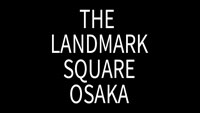
- ランドマークスクエア大阪 天守閣復興90周年記念レストランプラン
- 2022.4.28(木)~2022.11.6(日)
- グルメ
-

- 健活!チャリティ・ウォーク2022
- 2022.5.28(土)
- イベント
-

- 大阪城音楽堂フェスティバル「JAZZ & Heritage ~ジャズと豊臣の石垣~」supported by Daiwa House
- 2022.5.15(日)
- イベント
-

- 図説 日本の城と城下町①
大阪城 - 2022.4.13
- その他
- 図説 日本の城と城下町①
-

- 大阪城天守閣をバックに 今しかできない思い出をつくろう! 大阪城でハイハイレース 豊臣秀吉公杯
- 2022.5.15
- その他
-

- 大阪城×スフォルツェスコ城 オンライン対談(大阪-ミラノ姉妹都市提携40周年記念)
- 2022.4.1
- メディア
-

- オシャレな可愛いグッズ「パリジェンヌ、大阪城へいく」が発売されます
- 2022.4.1
- その他
-
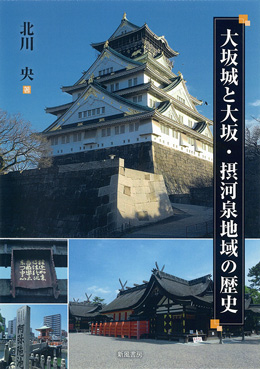
- 大坂城と大坂・摂河泉地域の歴史
- 2022.3.30
- その他
-
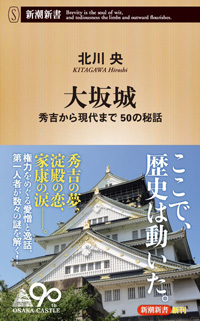
- 【北川館長直筆サイン入り】大坂城―秀吉から現代まで 50の秘話― 北川央/著編
- 2021.12.17~
- その他
-

- 【好評につき開催延長決定!】大阪城天守閣復興90周年記念特別企画 歴史⼈×歴史リアル謎解きゲーム「謎の城」in ⼤阪城 戦国の世の最終章 ~関⽩ 豊⾂秀吉編~
- 2021.11.12~2022.7.31
- その他
-

- リアル宝探し『赤絵から逃げ出した虎を探せ』
- 2021.11.6~2022.2.28
- イベント
-
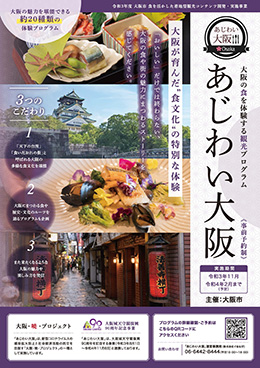
- 大阪の食を体験する観光プログラム あじわい大阪
- 2021.11.20~2022.2.27
- イベント・グルメ
-

- キューズモールフレンズポイント90倍キャンペーン
- 2021.11.3~7
- イベント
-
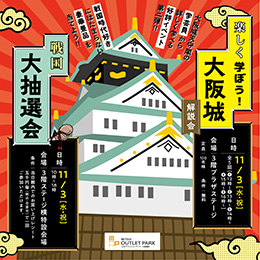
- 楽しく学ぼう!大阪城&戦国大抽選会
- 2021.11.3
- イベント
-
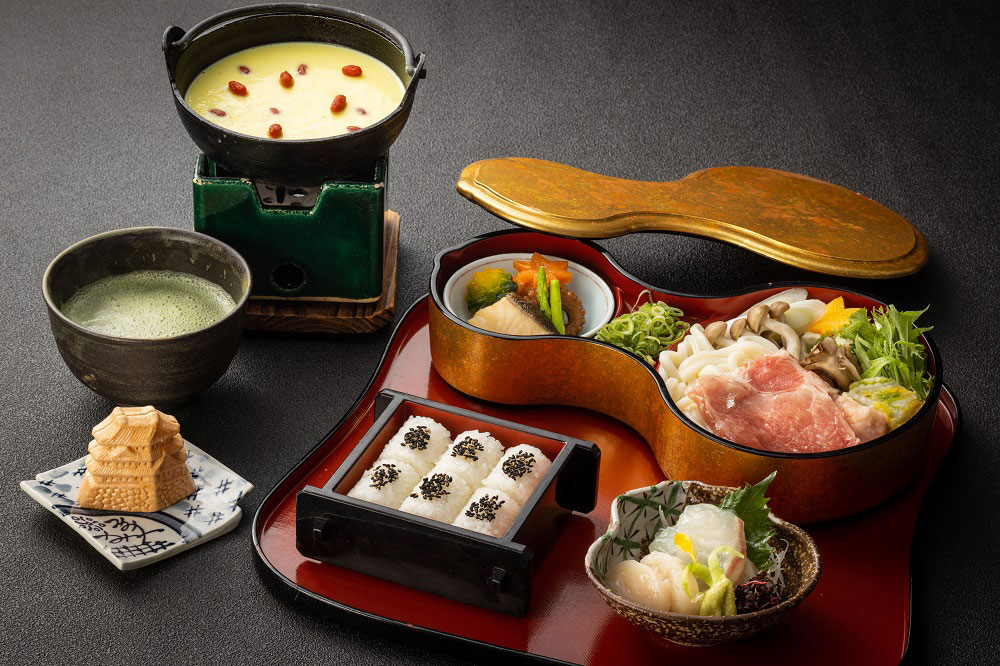
- KKRホテル大阪 武将膳 太閤
- 2021.11.1 ~ 2022.11.6
- グルメ
-
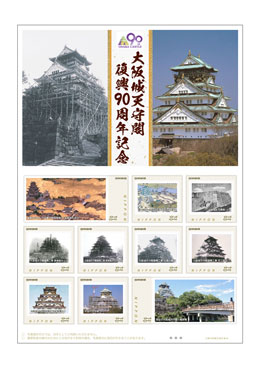
- 「大阪城天守閣復興90周年記念~市民とともに歩んだ90年since1931~」オリジナル フレーム切手発売
- 2021.10.18 ~
- グッズ販売
-
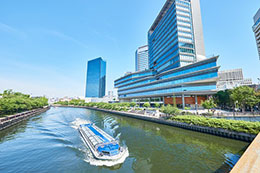
- アクアライナー・大阪城天守閣セット(スペシャル版)
- 2021.10.16 ~ 2022.2.28
- 乗り物
-
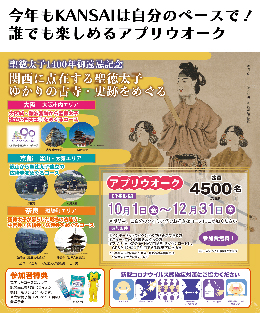
- KANSAIウオーク2021
- 2021.10.1 ~ 2021.12.31
- イベント
-

- KKRホテル大阪レストランシャトー特製 秋を味わう行楽弁当
- 2021.10.1 ~ 2021.11.30
- グルメ
-

- 大阪城天守閣復興90種年×KKRホテル大阪30周年 特別記念:大阪城天守閣チケット付き2食付宿泊プラン
- 2021.10.1 ~ 2022.11.6
- その他
-

- 大阪城天守閣復興90周年スペシャルコース
- 2021.9. ~ 2021.11
- グルメ
-
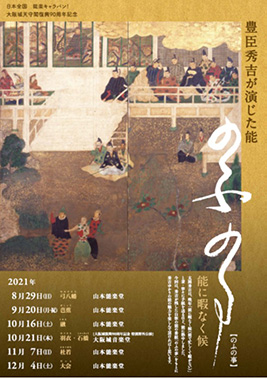
- 豊臣秀吉が演じた能「のふの事」
- 2021.8 ~ 2021.12
- イベント
-
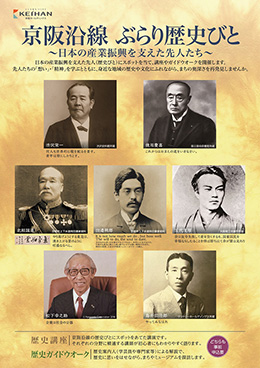
- 京阪沿線 ぶらり歴史びと ~日本の産業振興を支えた先人たち~
- 2021.11 ~ 2021.12
- イベント
-
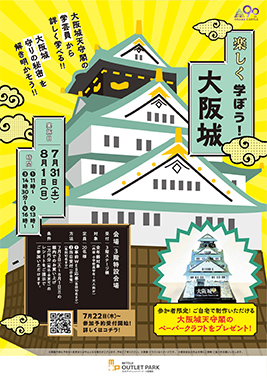
- 楽しく学ぼう!大阪城
- 2021.7.31(土)、8.1(日)
- イベント


